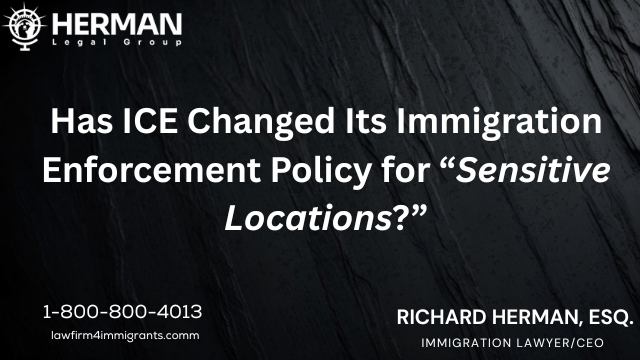Citizens of Canada are visa-exempt, meaning that they do not require a nonimmigrant visa when traveling to the United States. There are very few categories where a Canadian citizen will be required to obtain a nonimmigrant visa for temporary travel to the US.
A Canadian fiancé(e) of a US citizen seeking to enter the United States with the intent to marry must obtain a nonimmigrant “K-visa,” also known as a “fiancé(e) visa.” As neighboring countries, cross-border relationships are quite common between Canadian and US citizens.
To be eligible for a Fiancé(e) visa, the US petitioner must meet the following requirements:
- You are a US citizen;
- You and your fiancé(e) intend to marry one another within 90 days of your fiancé(e)’s admission to the US on a K-1 nonimmigrant visa;
- You and your fiancé(e) are both legally free to marry (meaning any previous marriages have been legally terminated); and
- You and your fiancé(e) met each other in person at least once within the 2-year period before you file your petition.
Generally, the US citizen files a petition to begin the process of bringing the foreign-national fiancé(e) to the United States. This petition essentially asks USCIS to recognize the relationship between the two partners.
Once the petition is approved, forms will be submitted and transferred through immigration agencies, and ultimately sent to the US embassy or consulate abroad where the fiancé(e) will apply for a K-1 nonimmigrant visa.
The fiancé(e) then attends the consular interview, and if subject to a ground of inadmissibility, will be denied issuance of a visa on such basis. When this occurs, the fiancé(e) must file a Form I-601 for an Immigrant Waiver of Inadmissibility.
This differs from the Form I-192 because as a K-1 applicant, the fiancé(e) ultimately intends to emigrate or permanently stay in the US upon marriage and adjustment of status.
Processing times for I-601 waivers may vary by case complexity, USCIS office, and jurisdiction. Citizens of Canada can expect to wait at least one year for adjudication.
It may also be helpful to ask your immigration attorney if there is any way to expedite the adjudication process of the waiver or filing strategies that may reduce the waiting period. Once a K-1 visa applicant has obtained an approved I-601 waiver and visa, the fiancé(e) may then enter the United States to marry the US citizen.
Once the fiancé(e) is ready to adjust status to permanent residence, he/she does not need to submit a subsequent I-601 form and need only to include a copy of the waiver approval. Click here to check out the USCIS visual flowchart on the filing and adjudicating process for I-601 waivers of inadmissibility.








